As a yoga teacher I knew that after I had a baby, I would have to be extra careful with the healing process. To rush to ‘get back’ could lead to nagging aches, chronic weakness, and a disconnect from my practice. But simply waiting for things to sort themselves out was also risky — a slow drift away from the strength and vitality I had worked so hard to build.
To answer my queries I caught up Dr. Shruthi Rao at the Bodhsara Wellness and Salt Studio. Our conversation focused on the benefits of acupuncture for postpartum women. From hormone support and emotional balance to better sleep, lactation, and pelvic healing — Dr. Shruthi Rao breaks it down beautifully.
Keep reading to learn what happens in a typical session, how it complements pelvic floor therapy, and how you can begin at home.
Pragya: Many new mothers struggle with fatigue, emotional ups and downs, and hormonal imbalances after childbirth. How does acupuncture support the body in recalibrating after delivery — physically and emotionally?
Dr. Shruthi: During childbirth, a woman experiences a significant depletion of Qi (vital energy) and blood loss, which can lead to fatigue, hormonal imbalances, and emotional changes. Acupuncture helps by improving the circulation of Qi and blood, supporting the body’s natural healing abilities.
Specific acupuncture points like LIV3, SP6, and REN4 are known to help regulate key hormones such as oestrogen and progesterone, which play a vital role in mood and emotional well-being.
In Traditional Chinese Medicine, the kidneys and spleen are closely linked to energy production.
Stimulating points such as ST36 and REN6 can help combat postpartum fatigue and restore vitality in new mothers.
Pragya: In traditional Chinese medicine, how is postpartum recovery viewed differently from the Western model, and how does acupuncture fit into that approach?
Dr. Shruthi: Traditional Chinese Medicine (TCM) takes a holistic approach to postpartum recovery, focusing on the balance of Qi, blood, Yin( the feminine energy), and Yang(the masculine energy)—addressing both the physical and emotional aspects of healing. In contrast, the Western medical model primarily concentrates on physical recovery and specific complications.
In TCM, the focus is on correcting underlying imbalances by replenishing Qi and blood, restoring the Yin-Yang balance, and supporting emotional well-being by calming the Shen (spirit/mind).
While both models ultimately aim for healing and recovery, TCM offers a broader, more integrative perspective. Acupuncture, a cornerstone of TCM, can help with fatigue, weakness, lactation issues, musculoskeletal pain, scar healing, uterine recovery, hormonal balance, and overall long-term recovery.
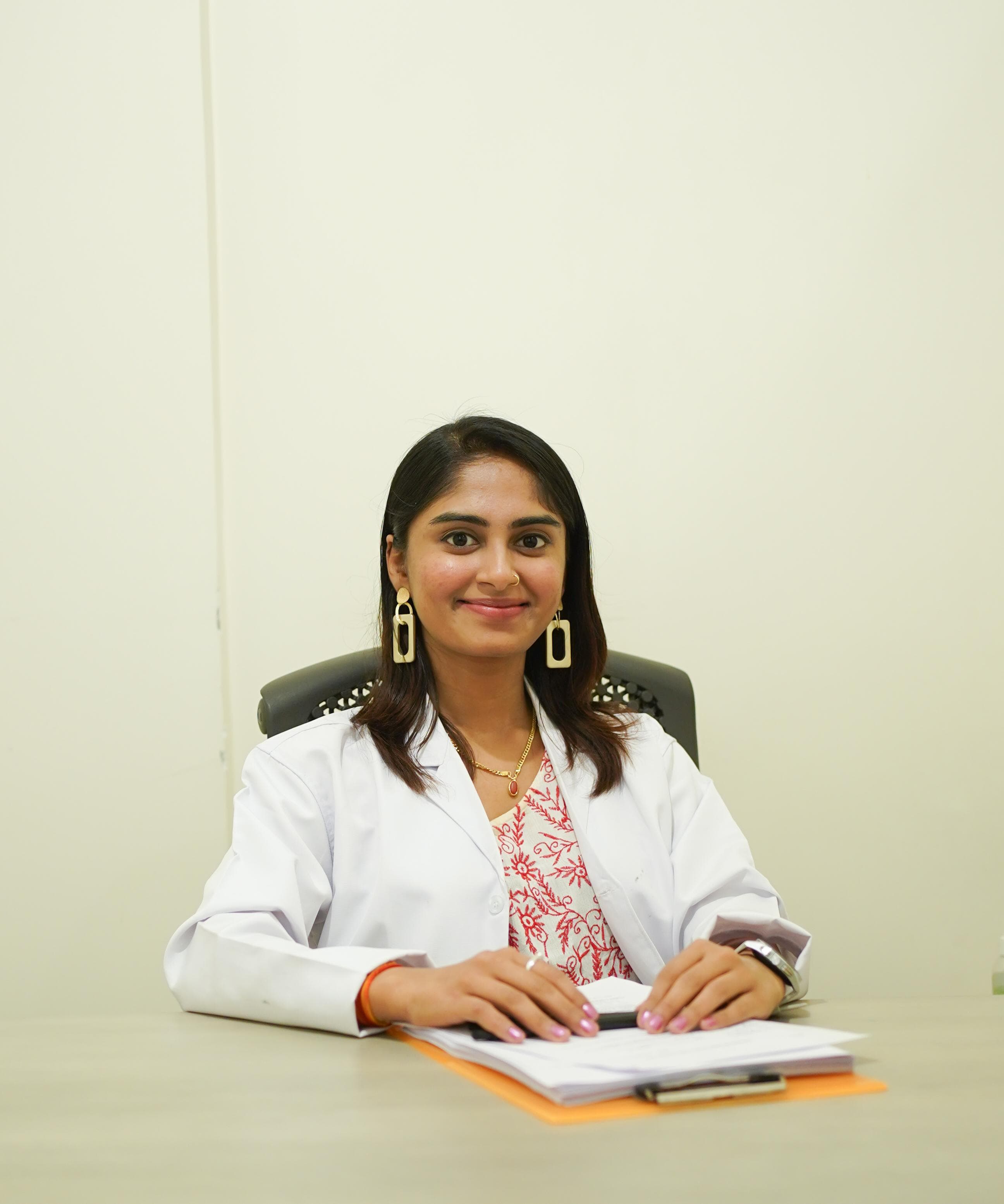
“In my clinical practice, I’ve consistently found Yin Tang to be especially helpful for new mothers struggling with postpartum anxiety or sleep disturbances.” – Dr. Shruthi.
Pragya: We hear a lot about pelvic floor therapy and physiotherapy postpartum — is there any synergy between acupuncture and these practices?
Dr. Shruthi: Pelvic floor therapy and physiotherapy are essential for strengthening the muscles that support the pelvic organs, including the uterus and bladder. During pregnancy and labor, these muscles undergo significant pressure, which can lead to weakening or dysfunction. Incorporating pelvic floor exercises helps maintain the integrity and positioning of these internal organs, playing a pivotal role in postpartum recovery.
When combined with acupuncture, the benefits are amplified. Acupuncture enhances the flow of Qi and blood to the pelvic region, promoting muscle toning, pain relief, and overall healing. Techniques like electroacupuncture—especially at points such as ST36 and REN6—can further stimulate and strengthen the pelvic floor muscles, offering a synergistic approach to rehabilitation and wellness.
Pragya: Can acupuncture help with lactation challenges, postpartum anxiety, or sleep issues? What does the evidence or your clinical experience suggest?
Dr. Shruthi: Yes, acupuncture can be a valuable tool for postpartum recovery, supporting both physical and emotional well-being.
For Lactation
Acupuncture has been shown to support and enhance lactation. Studies indicate that it can stimulate the release of prolactin—the hormone responsible for milk production—enhance milk secretion, and improve flow by reducing issues like blocked ducts. One effective acupuncture point is SI1, located at the outer corner of the nail on the little finger. Even gentle acupressure on this point at home can support lactation.
For Postpartum Anxiety and Sleep Disturbances
Postpartum anxiety is common and may present as irritability, excessive worry, mood swings, or sleep issues. A 2016 study published in the Journal of Clinical Acupuncture and Oriental Medicine found that acupuncture can improve both sleep onset and sleep quality. It works by stimulating the release of endorphins and balancing serotonin and melatonin—key regulators of the sleep-wake cycle.
A powerful point for calming the mind and promoting relaxation is Yin Tang (EX- HN3), located at the midpoint between the eyebrows. It is one of the most effective points for managing anxiety and improving sleep. It’s one of my favourite point.
In my clinical practice, I’ve consistently found Yin Tang to be especially helpful for new mothers struggling with postpartum anxiety or sleep disturbances. Many clients reported a noticeable sense of calm and relaxation even within the first few sessions.
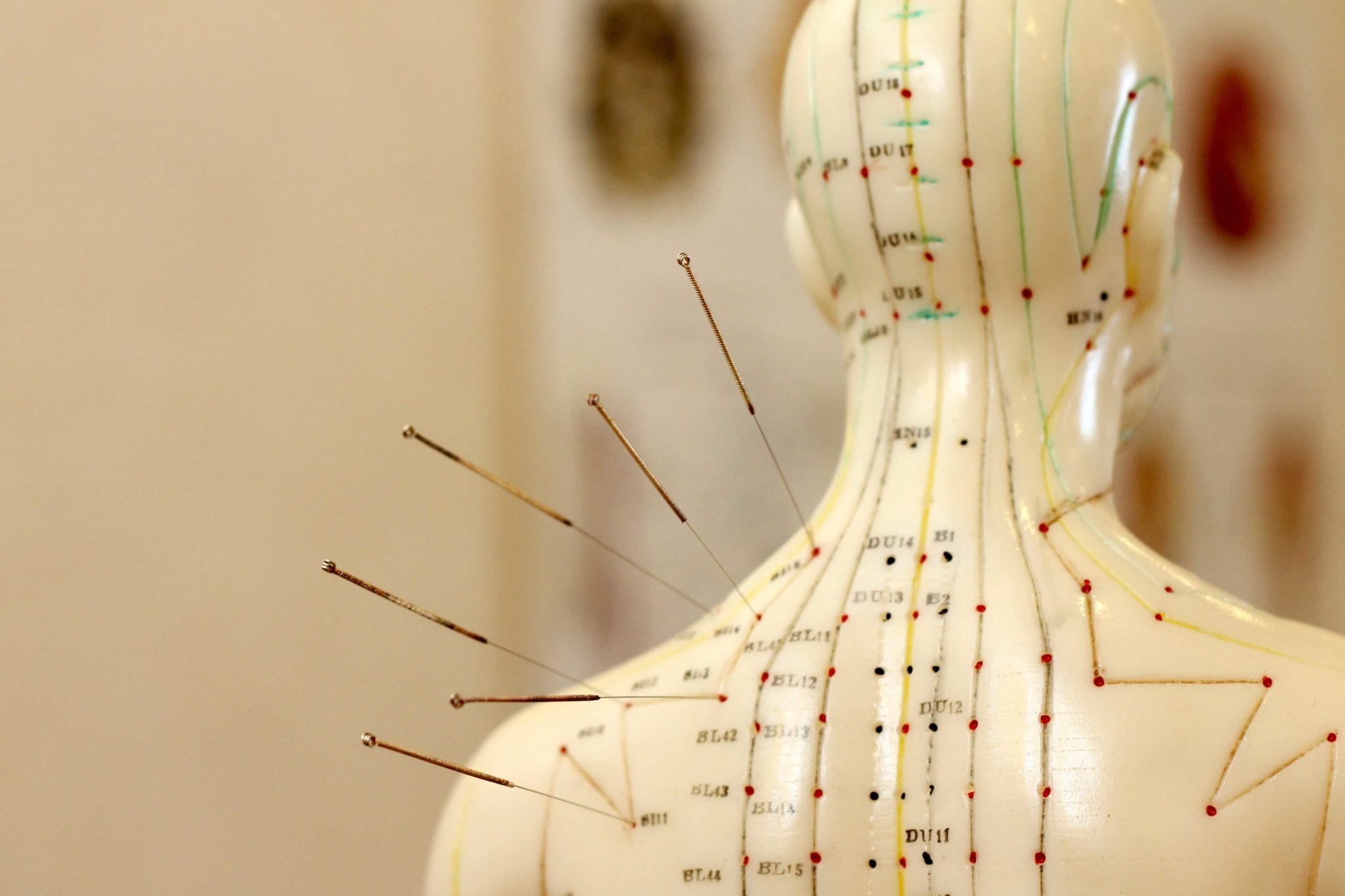
Pragya: For someone brand new to acupuncture and maybe a little nervous, what can they expect in a typical postpartum-focused session? Are there specific points or protocols that are commonly used?
Dr. Shruthi: For first-timers, the session begins with a comprehensive consultation. A detailed health history is taken to understand your specific concerns, imbalances, and wellness goals. This allows us to customizs the treatment plan to your unique needs.
Session Overview
Once the consultation is complete, the procedure is explained in full. This includes what to expect during needle insertion, the session duration, and how you may feel during and after treatment.
What to Expect During Treatment
Very fine, sterile needles are inserted into specific acupuncture points on the body. In some points, you may feel mild sensations such as tingling, heaviness, a dull ache, or gentle twitches. These are signs that energy—or Qi—is flowing well, a sensation referred to as Deqi in Traditional Chinese Medicine.
The needles are usually retained for 20 to 30 minutes during which you’re encouraged to relax and connect with your body. Commonly used points in treatment may include PC6, ST36, SP9, HT7, CV4, and GV20, depending on the individual condition.
Benefits During and After Treatment
Many clients experience a sense of deep relaxation, energy flow, or even emotional release during the session. Afterward, it’s common to feel more relaxed, energized, experience better sleep, and an improved mood Mild soreness at some needle sites can occasionally occur but typically fades quickly.
Consistency is Key: To achieve long-term benefits, consistency is essential. Depending on the condition and rate of recovery, we usually recommend 2–3 sessions per week initially. Regular sessions help support the body’s healing process and restore balance overall
Pragya: Is there a simple lifestyle shift or self-care practice from Chinese medicine that postpartum women can start with at home?
Dr. Shruthi: Yes, I think home should be the first place for self-care. Creating a warm, nurturing, and peaceful environment plays a vital role in both physical and emotional healing. The top 3 things I would suggest are ;
1. Ensure adequate rest, as it is essential for recovery. Incorporate moderate physical activity such as stretching, postnatal yoga, Qi Gong, and pelvic floor exercises to support healthy blood and Qi circulation.
2. Keep yourself warm by drinking warm beverages, dressing in layers, and avoiding cold showers.
3. Support your emotional well-being through mindfulness practices such as meditation, mantra chanting, and breathing exercises. Acupressure on point PC6 can also help calm the mind and ease emotional healing.
Postpartum healing looks different for every woman. If you’re looking for holistic healing then acupuncture is a powerful tool to explore (if you’re OK with needles).
I believe that to honor motherhood, we have to honor the mother first.
You deserve to feel strong, supported, and happy.
I’d love to hear your thoughts in the comments — your story might help someone else. You can also subscribe to the blog for more conversations on conscious healing, holistic practices, and motherhood. If you’re trying to conceive, I’ve shared my own story of hope, setbacks, and healing through yoga — don’t miss it, it’s raw, real and straight from the heart.
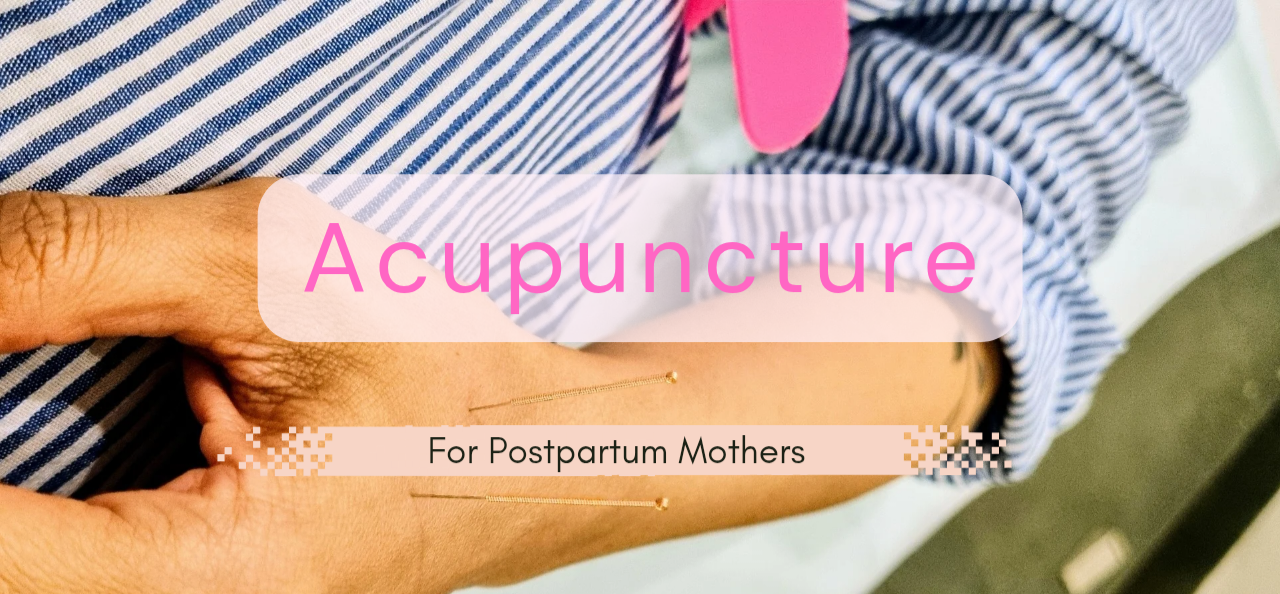
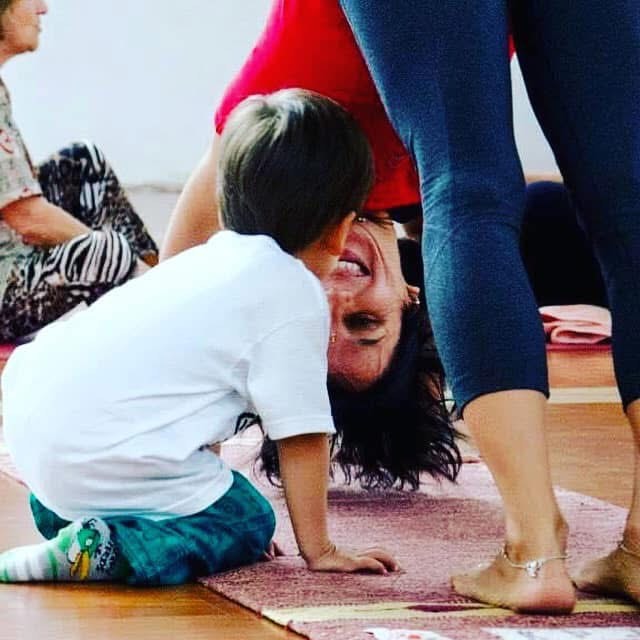
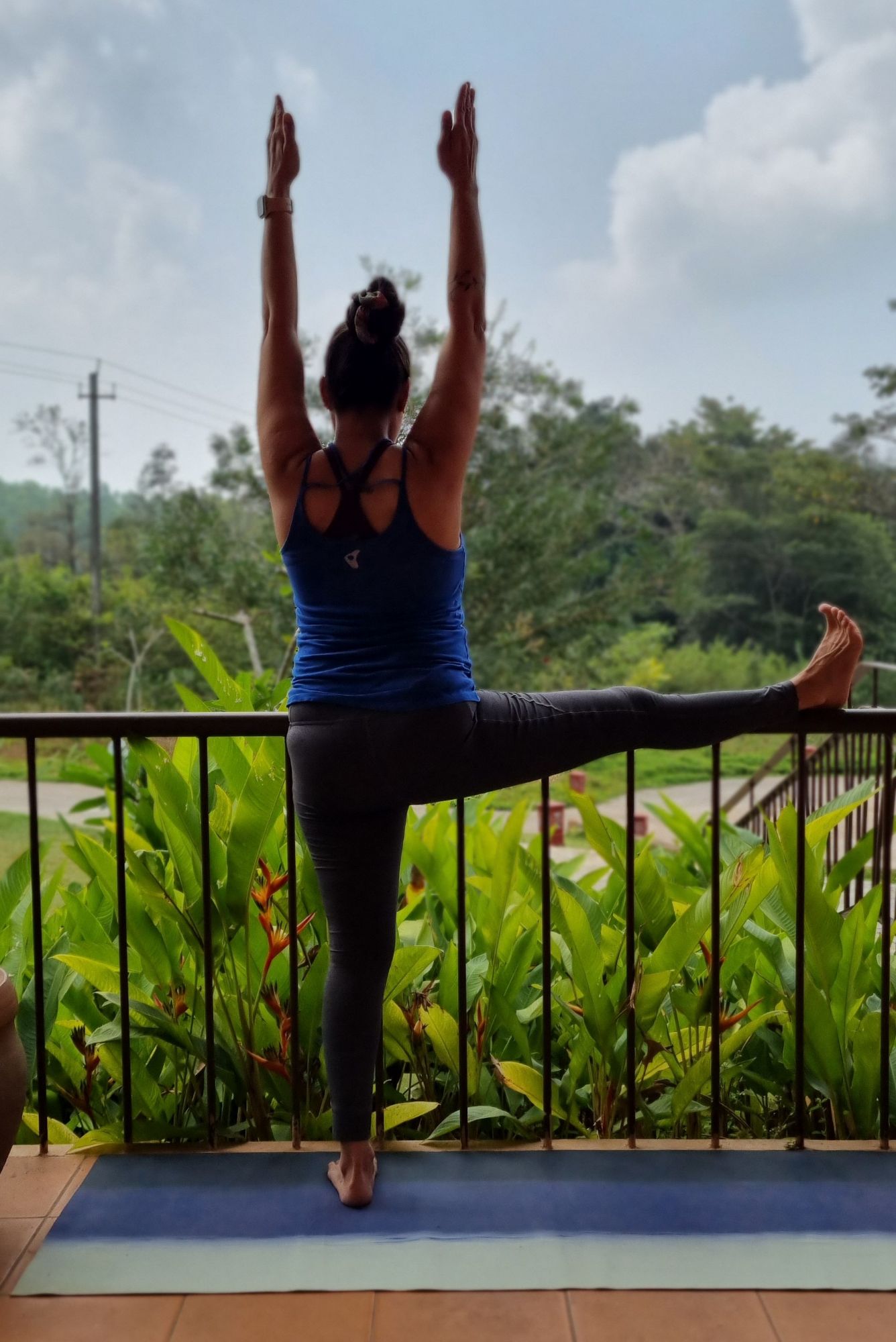
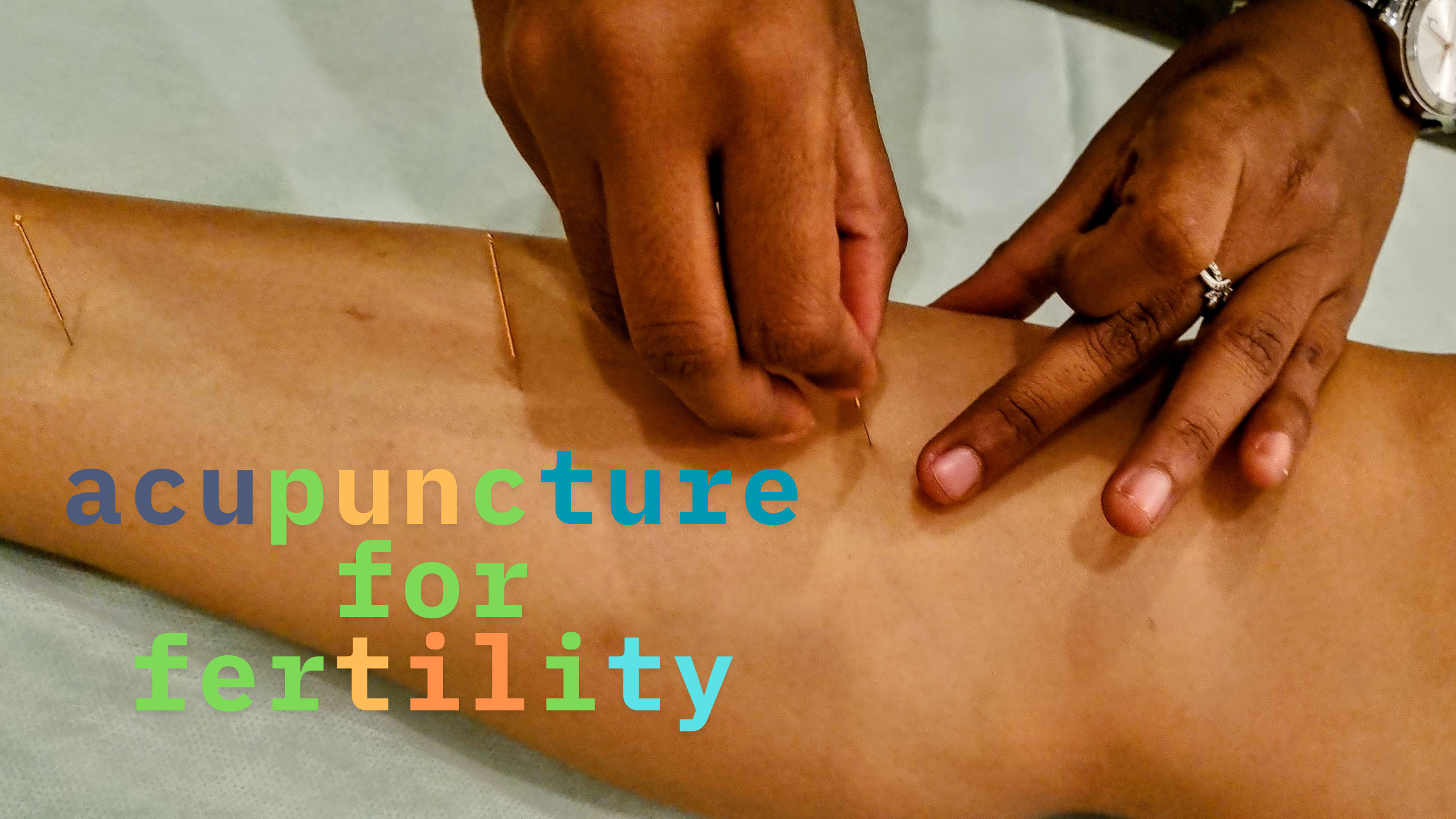
No Comments